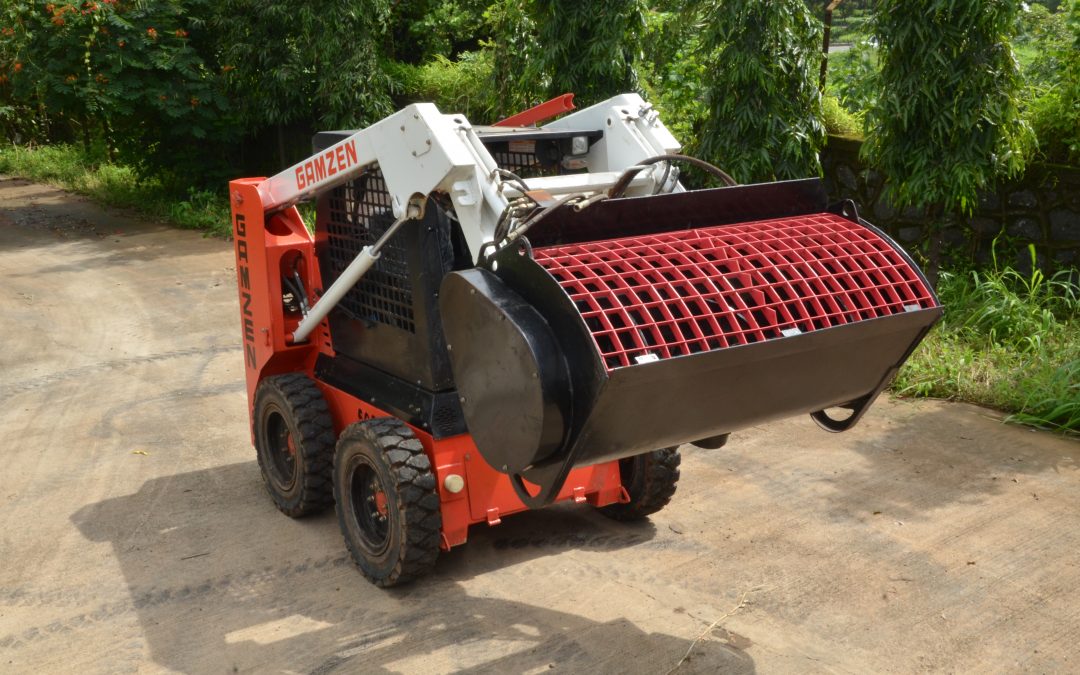Concrete, a fundamental construction material, is composed of cement, water, aggregates, and other additives. Achieving the desired strength, durability, and consistency in concrete largely depends on the mixing process. Different projects demand different concrete mixes. In this article, we’ll explore the various concrete mixing types and guide you in choosing the perfect mix for your project.
Understanding Concrete Mixing
Concrete mixing is an art that requires precision and knowledge. The right mix ensures structural integrity, longevity, and performance. When choosing a concrete mixing type, it’s essential to consider factors such as project requirements, environmental conditions, and intended use.
The Basics: Wet and Dry Mixing
Wet Mixing (Ready-Mix Concrete)
Ready-mix concrete, also known as wet mix, is a popular choice for large-scale projects. It’s pre-mixed at a batching plant, allowing for consistent quality. This type suits projects where time efficiency is crucial.
Dry Mixing (Site-Mix Concrete)
For smaller projects or areas with limited access, site-mix concrete is preferable. Here, components are mixed on-site, providing flexibility in adjusting proportions and mix consistency.
Different Types of Concrete Mixes
1. Standard Concrete
Standard concrete is the go-to mix for general use. It’s suitable for various applications, such as pavements, driveways, and foundations. A typical mixture consists of cement, sand, aggregates, and water.
2. High-Strength Concrete
When your project demands exceptional strength, high-strength concrete is the answer. It’s ideal for tall buildings, bridges, and heavy-load structures. This mix includes additives to enhance its compressive strength.
3. Self-Compacting Concrete (SCC)
SCC is known for its exceptional flowability and ability to fill intricate forms without the need for vibration. It’s perfect for complex architectural designs and areas with congested reinforcement.
4. Lightweight Concrete
In situations where weight reduction is crucial, such as in precast panels and decorative elements, lightweight concrete comes into play. This mix incorporates lightweight aggregates to decrease density while maintaining strength.
Choosing the Right Mix: Factors to Consider
- Project Type: Consider whether it’s a residential, commercial, or industrial project.
- Strength Requirements: Assess the load and stress the concrete will endure.
- Environmental Conditions: Account for temperature, humidity, and exposure to chemicals.
- Durability: Determine the lifespan and weather resistance needed.
- Workability: Evaluate how easily the mix can be placed and finished.
Conclusion
Choosing the right concrete mixing type is pivotal to the success of any construction project. By considering project requirements, strength needs, environmental factors, and more, you can confidently select the perfect mix. Remember, every project is unique, and consulting with concrete professionals can help you make the most informed decision.

